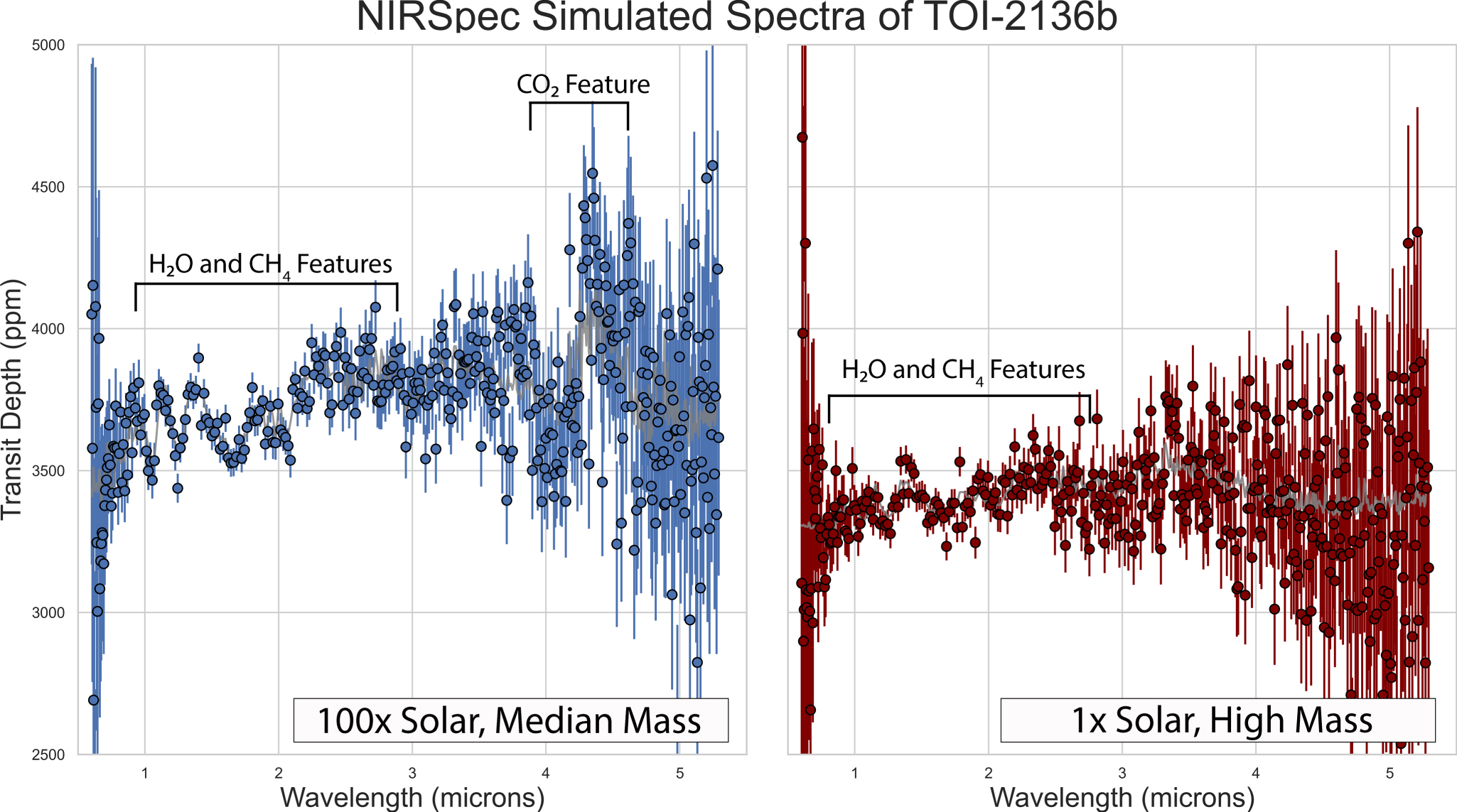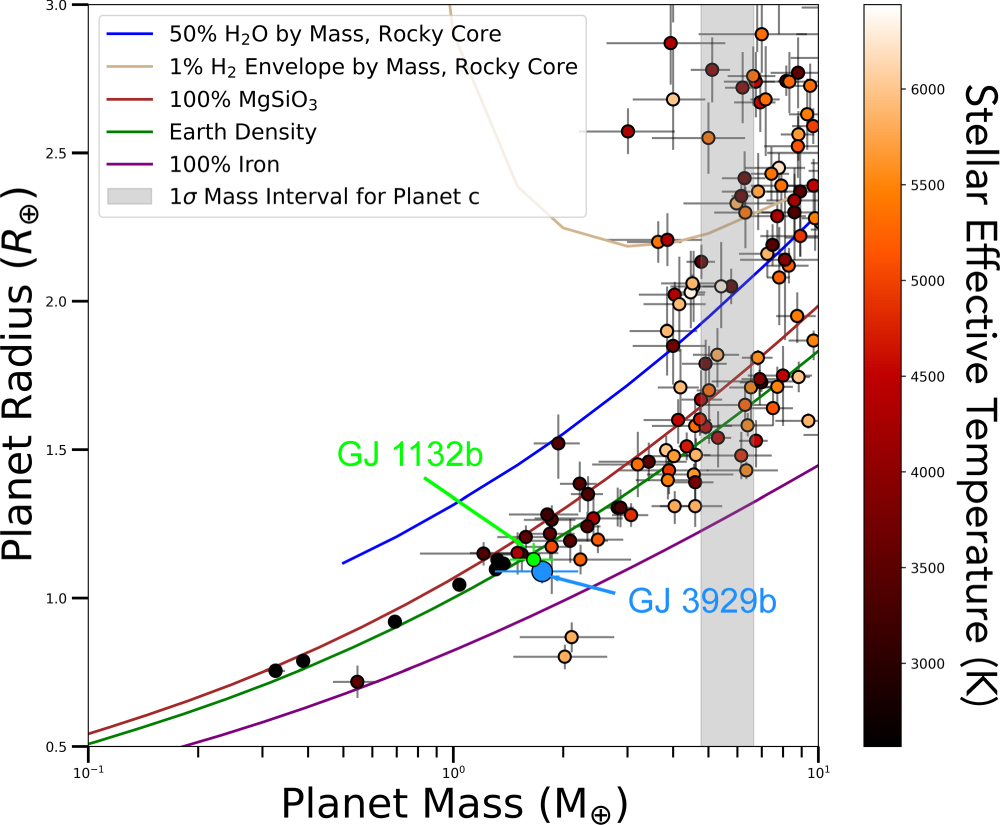My Research
I’m an observational astrophysicist working for professor Paul Robertson at UC Irvine. Our specialty is the discovery and characterization of extrasolar planets (exoplanets). That means any planet orbiting a star that’s not the sun (that’s most of them).

I have tackled many different projects during my time at UC Irvine. I wrote an analysis paper of two exoplanet-hosting systems orbiting M dwarfs (cool, red stars). TOI-1696b is an unusually large planet considering the size of its host star, with a few other interesting properties. TOI-2136b is a fascinating planet that is potentially a “cold Haber world,” an exotic environment where bacteria survives on a hot ocean planet in an exotic way (read more here).

More recently, I analyzed GJ 3929, a particularly challenging system with a transiting planet identified by TESS. The analysis was made more challenging by the existence of a non-transiting companion planet that was originally unexpected. GJ 3929b is what we call and exo-Venus, an exoplanet with Venus-like conditions. Studying such planets is highly scientifically interesting in its own right, but also helps pave the way for the study of future exo-Earths.
I’m working on many other projects right now, so keep an eye out. However, much of my time is now spent focusing on my thesis project, which is a culmination of the different skills I’ve learned in other projects. The motivation is simple: when looking at stars to learn more about their exoplanets, the star itself often doesn’t behave perfectly. Starspots, magnetic activity, etc, often confuse our measurements, frequently looking like planets themselves, or hiding legitimate planets.
Working on some of the newest, high precision instruments such as NEID and HPF, this becomes a serious problem for studying exoplanets, especially if we wish to study Earth-like planets. Using NEID RVs obtained simultaneously with TESS photometry, I’m studying which methods best eliminate activity signals in the RVs. All of my targets have archival Kepler photometry, and I will also be studying the affects of simultaneity, baseline, cadence, and recency.